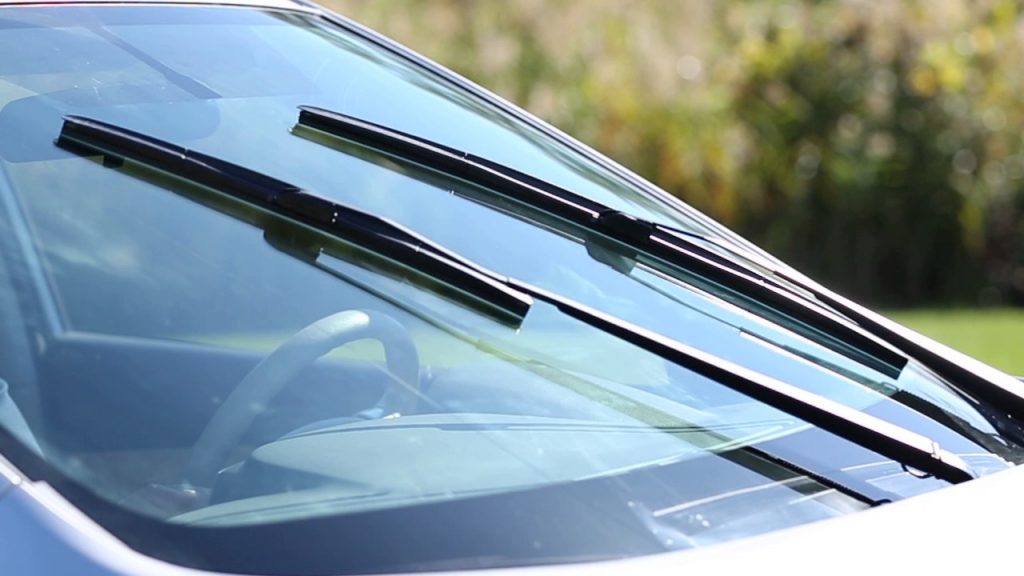It was a cold and breezy, winter’s day in New York City when Mary Anderson boarded the streetcar. It was 1903, the raindrops started to freeze and every one could be heard as they clicked against the windows. When gotten comfortable her seat, Mary analyzed her environmental factors. She looked as the driver battled to keep the windshield clear. He would connect his open window like clockwork and clear his view. Mary pulled her wrap tighter around her shoulders and kept on noticing.
Check the Lapse Date
Motivated by this streetcar ride Anderson fostered a hand-worked windshield wiper which the driver or traveler could use from within the vehicle without expecting to contact the windshield. She protected the cleaning window gadget in 1903 that was legitimate for quite some time. Tragically her patent terminated before the main genuine rush of auto buys started.

Extraordinary Personalities think The same
In the interim, across the lake in the Unified Realm, Irish designer James Henry Upjohn created a brush framework to tidy windshields that went all over on the glass. Mr. Apjohn applied and got a patent in 1903 too. Others followed; in 1911 Gladstone Adams got a patent and piano player Josef Hofmann and Plants Weapons of Birmingham both professed to hold the primary patent.
A Pivotal occasion
John R. Oishei, theater proprietor in Bison, New York, was engaged with a vehicular impact as a bicyclist ran into Oishei’s Public Roadster on one more stormy New York night in 1917. However no genuine wounds were supported, the episode turned into the main thrust for Mr. Oishei to forestall future mishaps. He shaped the Tri-Mainland Partnership (TRICO) and acquainted a windshield wiper alluded with as Downpour Elastic. In 1922, a patent was given to William Folberth for the main mechanized windshield wipers. Utilizing vacuum power, this wiper framework was standard gear on cars during 1960s. Since this framework took advantage of the engine of the auto, it was impacted by the speed of the car. A debate developed among Folberth and TRICO. As a feature of the settlement, TRICO bought Folberth. The organization then turned into a main provider of windshield wiper blades and ventured into air-fueled blades for military vehicles and boats.
The Cadence of the Downpour
Change was in the air in the last part of the 1950s. Rock and Roll, poodle skirts and the electric-fueled windshield palheta parabrisa all were brought into the world in this period. This new innovation to drive windshield wipers took into consideration adaptability in speed, wiper size and bigger windshields.
Squint, Flicker
Propelled by the squint of an eye, Robert Kearnes, an engineering teacher, imagined the discontinuous wiper framework which was then presented interestingly on the 1969 Passage Mercury. This, notwithstanding, brought about a claim from Kearnes against Portage and Chevrolet, which was in the long run settled.